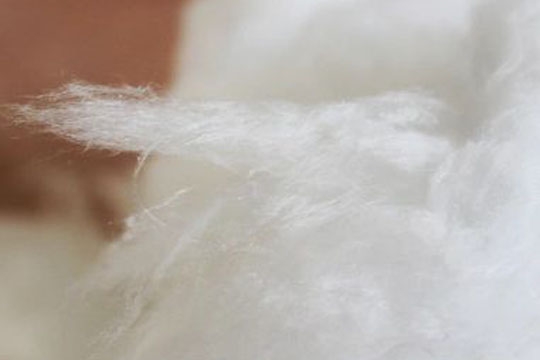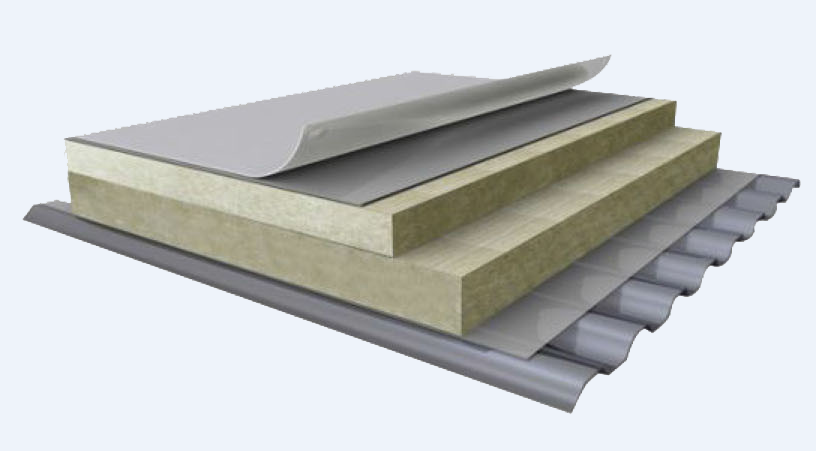

SEARCH
Glass wool insulation products and rock wool insulation products have become the main insulation materials.Various thermal insulation materials are also used in domestic residences, industrial high temperature pipes, laboratory research and development and enterprises.Both fibers have their advantages and disadvantages.In the choice of insulation materials suitable for their own projects and projects, we should comprehensively consider the difference between two kinds of insulation cotton fiber materials.

Glass wool, also known as fiberglass, is made from a mixture of natural and recycled glass (recycled bottles, car windshields and window glass) that is melted at 1,450 degrees Celsius and then quickly spun into fibres.The fibers are then tied together and used as insulation.Since air is a poor conductor of heat, the fiberglass produced air bags can act as a barrier against heat loss.Glass wool can be found in cotton wool and rolls, as well as in insulating boards.
Asbestos is made from volcanic rock (dolomite, diabase and basalt), which is not a recyclable material but is a rich resource.Slag wool is made from recycled waste from blast furnaces.Asbestos provides a higher quality and performance product than slag wool, although both are commonly referred to as rock wool.These raw materials are treated in a similar way to glass, melting at high temperatures (around 1,500 degrees Celsius) and then spinning into fibres.The wool is then packed into batts, rolls or slabs.

The advantages and disadvantages of rock wool as opposed to glass wool insulation have been much debated.In developing countries, there is also a lot of demand for the application of these two materials.The best answer is that it depends on the application of the material and the specific performance requirements.
R value is the thermal resistance value that measures the heat transfer of an object from one side to the other side. The higher the R value, the greater the thermal resistance and the better the insulation power.Compared with mineral wool, the R value of glass wool is about 2.2-2.7, slightly lower than that of mineral wool 3.0-3.3, which means that glass wool is slightly inferior in preventing heat conduction and heat dissipation.But in the actual construction project, because the fiber of rock wool is easy to fall off and the phenomenon of pulverization occurs, most of the construction personnel are still willing to choose glass wool.